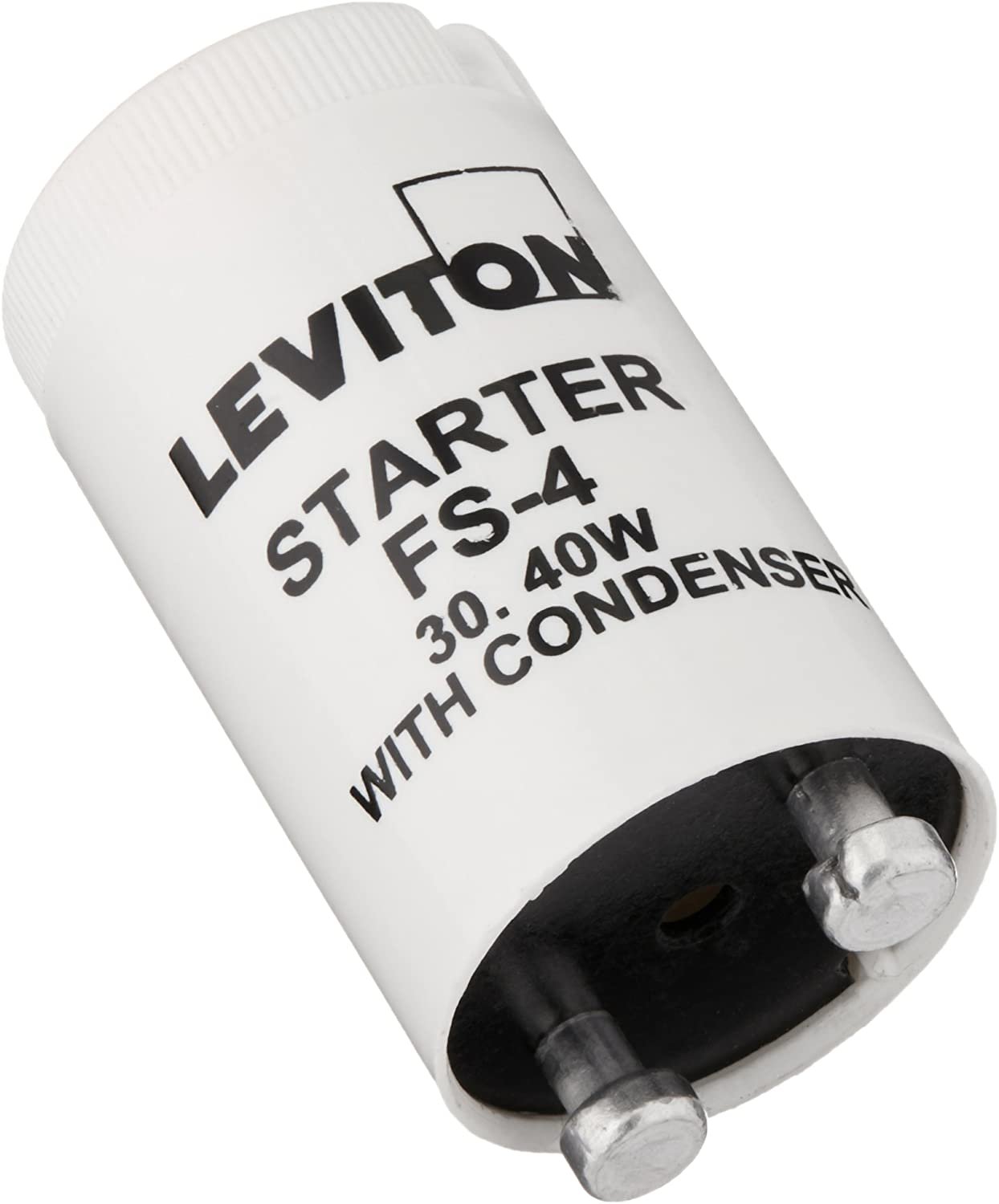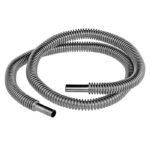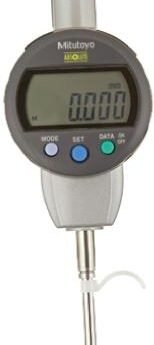Fluorescent light starters, as the name indicates, are used to help fluorescent tubes and lamps light up in the beginning stage of their operation. In simple words, we can say that fluorescent starters are timed switches. The switch will open and close until the fluorescent tube ignites. If by doing this, the tube still does not light up, then this cycle will keep repeating until the fluorescent tube lights up. Fluorescent light starters does not consist of the standard glowing filament of an incandescent bulb, but it consists of mercury vapour that provides ultraviolet light when ionized. This ultraviolet is why the particles light up or glow as the particles coat the inside of the tube. Fluorescent starters are used in a variety of fluorescent lights.
How Does a Fluorescent Starter Work?
Whenever power is first applied to a fluorescent fitting, the current makes two electrodes inside the fluorescent starter intensity and gleam. This prompts one of the electrodes in the fluorescent light starters to twist towards and connect with the other terminal. This shuts the switch, and the ongoing presently gives through the fluorescent starter and to the remainder of the fitting. This implies that the circuit across the fluorescent tube and the weight in the fitting will be exchanged “in series” to the stock voltage.
The current flowing into the fluorescent tube is the reason filaments at each end of the tube heat up and begin to release electrons into the gas present inside the fluorescent tube through a process known as thermionic emission.
Why Do Fluorescent Cylinder Lights Flicker?
A fluorescent starter is a basic planned switch that permits the progression of current in the fibers of glaring light. The ongoing warms up the contact of the starter, turning its switch here and there until the fluorescent tube illuminates. That is why you see your fluorescent cylinder lights flicker a couple of times before beginning because the starter attempts to keep up with the progression of the current.
Can a Fluorescent Lamp Work Without a Starter?
Some modern fluorescent lamps consist of a pre-equipped ballast with an extra winding that can work without a fluorescent starter. However, it constantly supplies small amounts of voltage to heat the filaments.
Besides some modern lamps, almost all fluorescent lights need starters to ignite. There is a problem of inefficiency in tubes when they sometimes do not light up consistently, indicating that you need to replace your starter. Another indication of a bad starter could be when the tube takes longer than usual to start, or they flicker more often, which is a strong sign of a malfunction.
Why Do Fluorescent Lamps Turn Black?
You might notice that sometimes the end of your fluorescent lights may turn black, indicating that it is rapidly switching cycles. A malfunctioning cathode inside the tube could also be why this happens. In such cases, you should get your lamp replaced if you have any warranty.
LED Vs. Fluorescent
LEDs are far better than fluorescents because they are more energy-efficient and produce more lumens per watt. Additionally, LEDs can last more than 50,000 hours, consume only a smaller portion of fluorescents’ power, and have a greater wavelength. However, if you are looking for more laid-back options with compatibility issues, then fluorescents are better, and the initial cost is lower.




